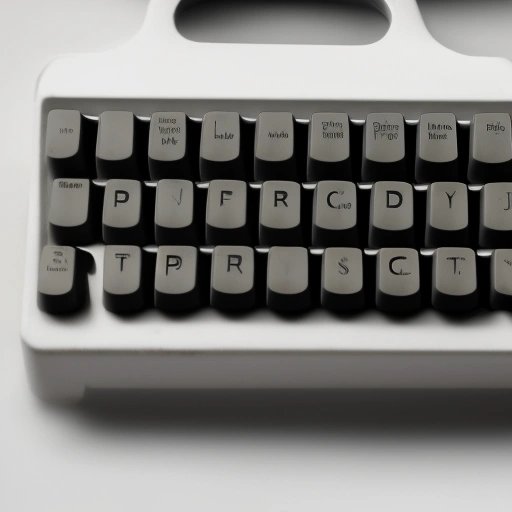In a drastic and unexpected move, the English language has decided to switch to the QWERTY keyboard layout instead of its traditional alphabetical order. "We just got tired of the old boring alphabet," said a spokesperson for the language. "QWERTY is so much more exciting!"
Many are wondering how this change will affect the way English is taught and used. Experts predict that there will be significant confusion among English learners and typists alike.
"We understand that there will be a learning curve, but we believe the benefits of the switch will outweigh the challenges," said the spokesperson. "For one, it will make typing a lot more interesting. No more monotony of typing in alphabetical order! Plus, the QWERTY layout is already familiar to many people, so it shouldn't be too difficult to adapt."
Some critics have argued that the QWERTY layout was originally designed to slow typists down in order to prevent jamming of early typewriters. However, the language's leaders are confident that this will not be an issue in the digital age.
Despite concerns, the English language has already begun implementing the change. Students in English-speaking countries are already being taught the QWERTY layout in schools and workplaces are expected to adopt the new system in the coming months.
The change has not been without its challenges, however. Many words will now be spelled differently due to the new keyboard layout. For example, "cat" will now be spelled "ghf" while "dog" will be spelled "ryl." This is expected to cause some confusion and frustration, but the language's leaders insist that people will adapt quickly.
Reaction to the news has been mixed. Some are excited about the change, seeing it as a refreshing update to a centuries-old language. Others are concerned about the confusion and potential loss of tradition.
Regardless, one thing is for sure: the English language will never be the same again.
